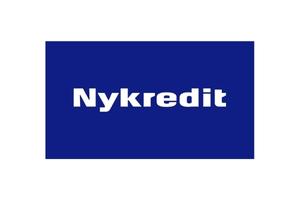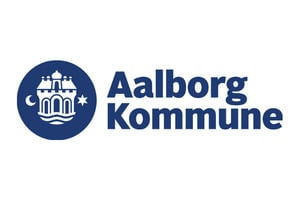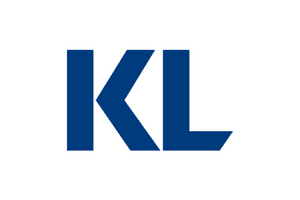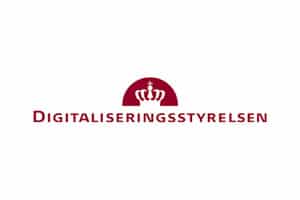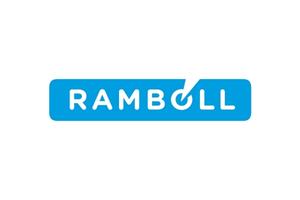Why is the agile organization important for modern businesses?
The traditional ways of organizing as a business or government agency are outdated. Hierarchies, bureaucracies, clear chains of command and divisions into fixed departments based on education and tasks no longer reflect the way the world is. Many theorists talk about the world today being VUCA. This is an acronym that stands for Volatility, Uncertainty, Complexity and Ambiguity. In other words, the world is volatile, uncertain, complex and ambiguous. The internal changes in organizations, coupled with the external upheavals in society from crises, climate and struggles, have gone from being limited projects to becoming a kind of general state of affairs.
These societal changes have made the agile organization a necessity. Because the way to manage and organize in a VUCA world is neither pure micro management with a controlling manager who monitors employees, nor a pure freedom-loving manager who sets employees completely free to empower innovation and new thinking. Micro management leads to unproductive and demotivated employees. The completely free framework results in ambiguity, with a lack of direction and clarity on roles and responsibilities.
Leadership research suggests that the solution lies somewhere in between the two options. Successful leadership is about balancing between controlling and freeing. The right balance depends on the context, on the context, on the task. And as the world becomes more volatile, uncertain, complex and ambiguous, research shows that the demands increase for leaders to adjust their style according to the context - and practice agile leadership.

